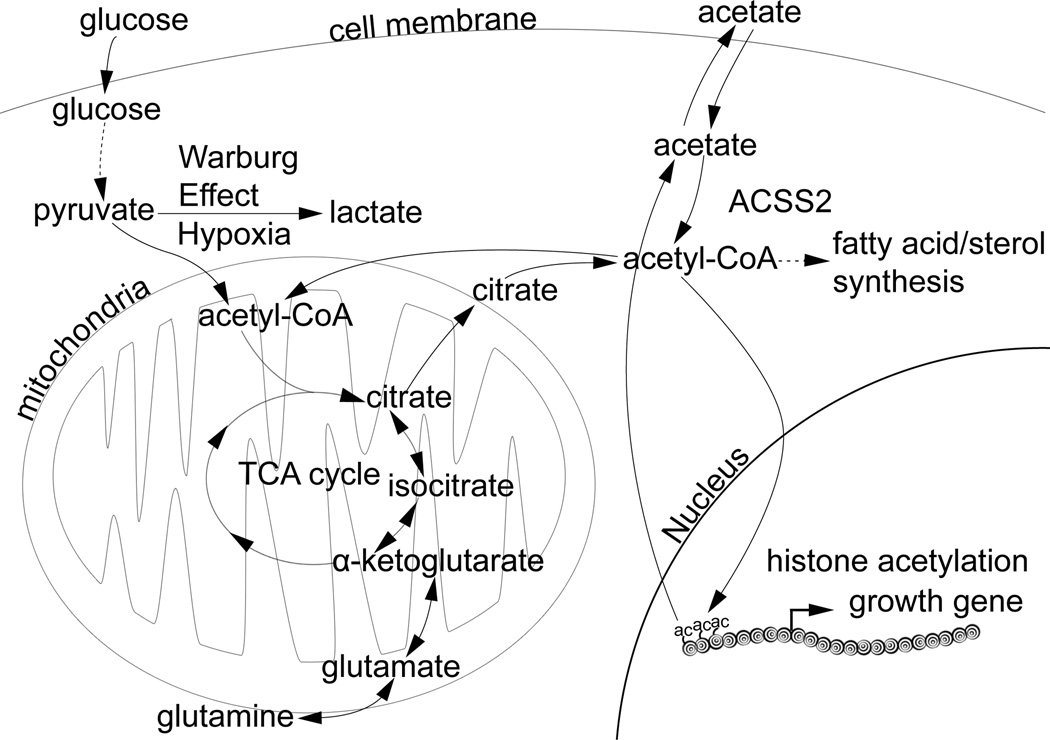Figure 6. Acetate is a Critical Source of Acetyl-CoA for Certain Tumors.
Schematic diagram depicting the pathways that synthesize and consume acetyl-CoA in mammalian cells. Hypoxic or highly glycolytic cancer cells preferentially shunt pyruvate to lactate, instead of to acetyl-CoA via the pyruvate dehydrogenase complex, raising the question of how such cells obtain sufficient quantities of acetyl-CoA. Among numerous metabolic functions, acetyl-CoA is used for fatty acid/sterol synthesis, histone acetylation, the synthesis of glutamate (related paper in this issue), or further oxidation via the TCA cycle for ATP synthesis. Glutamine can reportedly serve as a source of acetyl-CoA in cell culture studies. Acetate is an overlooked source of acetyl-CoA and can be produced as a result of histone or protein deacetylation, or from the action of acetyl-CoA thioesterase/hydrolase enzymes. The nucleocytosolic acetyl-CoA synthetase enzyme ACSS2 enables the recapture of acetate to acetyl-CoA that can subsequently be utilized for the indicated metabolic processes, all of which are expected to support tumor growth or survival.

